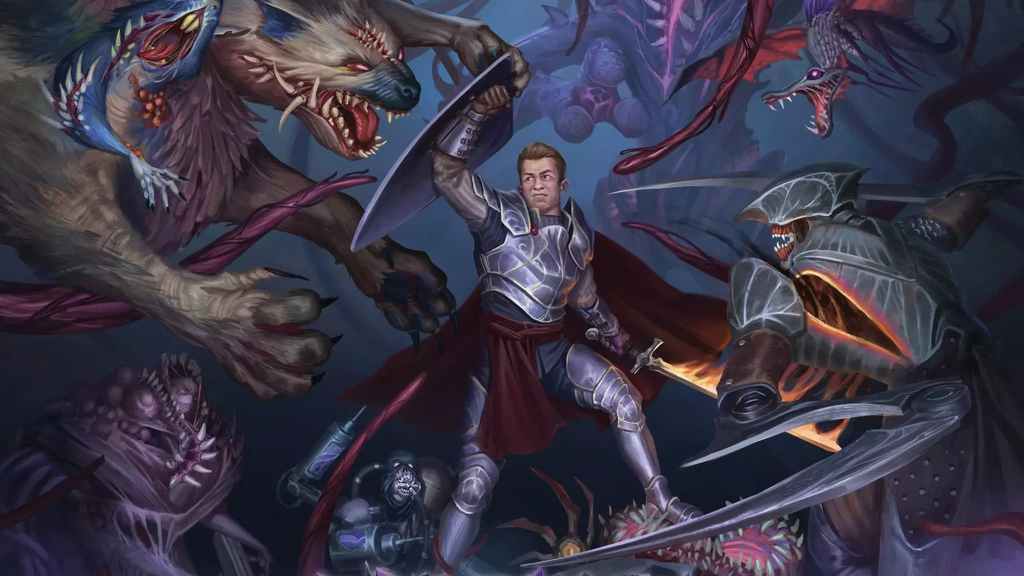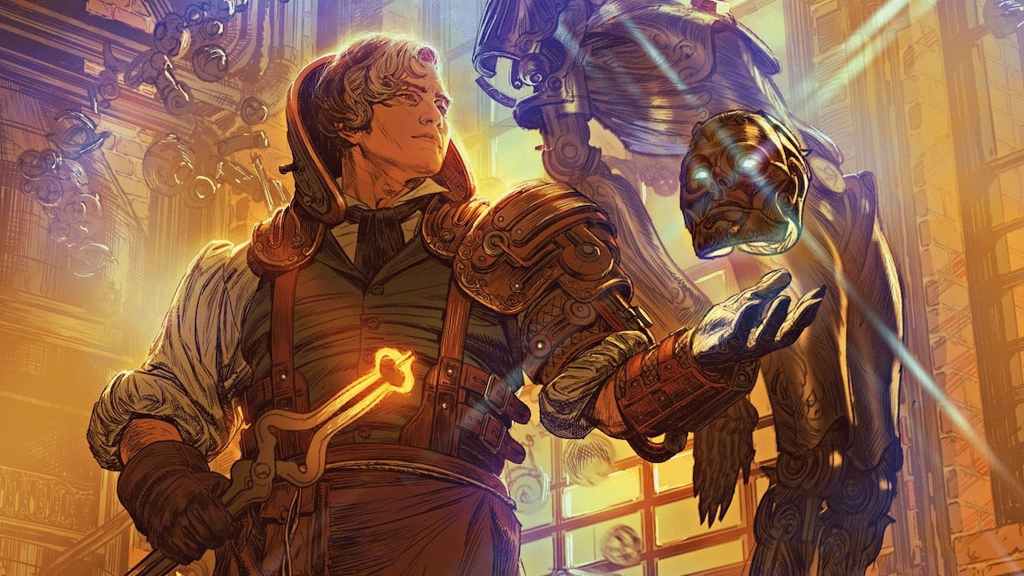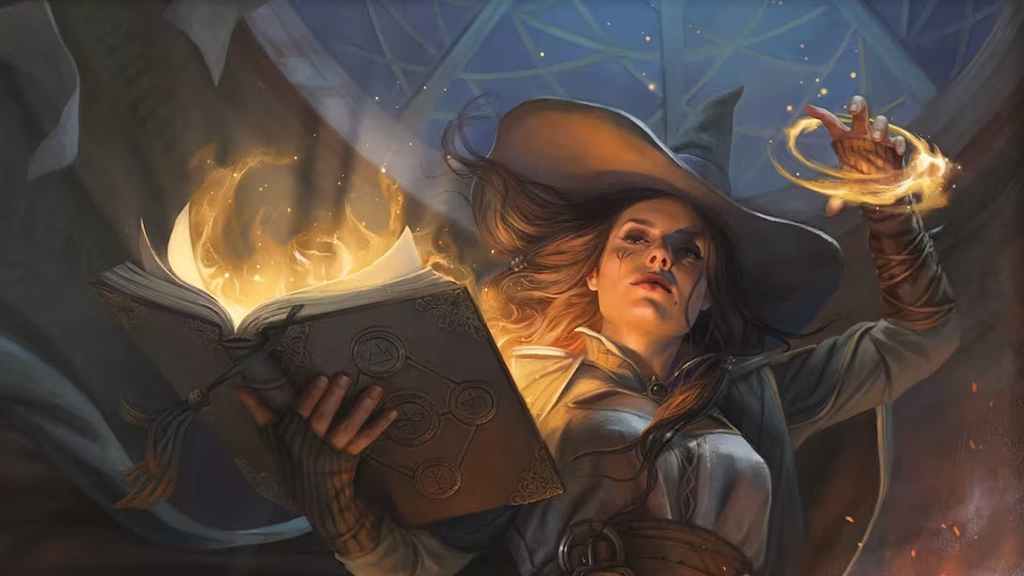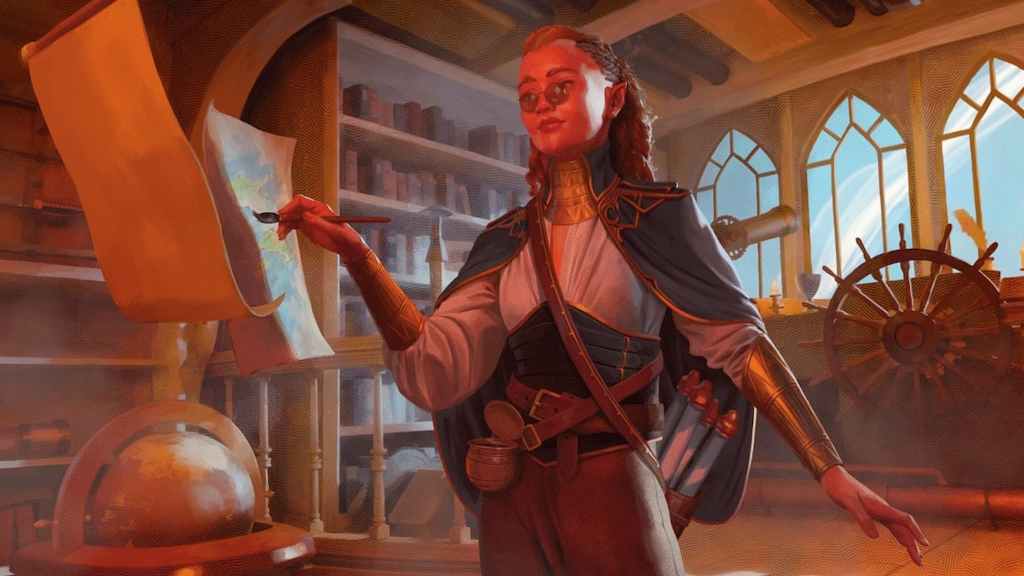10 Things All Great Dungeons & Dragons DM’s Do

Dungeons & Dragons is a cooperative role-playing game that requires two components: dungeon masters and players. It is the DM that is in charge of creating and shaping the world, narrative, and action. This means the most important role falls to them, and this can be a lot of pressure. First-time DMs often find themselves falling into bad habits or making honest mistakes, but this doesn’t have to be the case. By preparing for a Dungeons & Dragons game, even first-time dungeon masters can become excellent storytellers and make a campaign epic.
There are many traits good DMs share, and these can be learned. Regardless of whether you are beginning your dungeon master career or have DMed numerous games, these tips can help take your game to the next level and make the experience even better for yourself and your players. Here are ten things to help you become a great dungeon master in Dungeons & Dragons.
Communication

Communication is, without a doubt, one of the most important skills for a dungeon master. Before the game even begins, establish clear expectations to ensure everyone understands a campaign’s tone, rules, and style. This ensures players feel engaged and heard as well as avoid misunderstandings. This can be done before the campaign officially begins or in session zero where players and the DM collaborate. DMs shouldn’t be afraid to make mid-game clarifications or even inform players when something just won’t work.
DMs also rely heavily on communication to tell complex narratives, engaging storylines, and character dynamics. By communicating clearly, DMs can establish strong levels of trust and make themselves approachable. This allows players to voice concerns and make suggestions on how they want to shape their characters. Communication is not just about speaking; it’s also about listening actively and adapting based on what players need for a meaningful and enjoyable experience.
Help Your Players Succeed

Too many DMs view Dungeons & Dragons as an adversarial game where it is the players versus the DM. This couldn’t be further from the truth. Dungeons & Dragons is a collaborative game, and thus, a good DM should strive to enable player success. This doesn’t mean making an encounter easy or simply allowing players to succeed. It means helping players by giving them the tools they need, helping them understand their characters’ abilities, and providing opportunities for growth.
Positive reinforcement, both in-game and in real life, goes a long way toward rewarding player decisions and keeping morale high. Even if a player fails a roll, it doesn’t mean it has to be the end of the game. The DM can take that failure and use it to alter the narrative, provide the player with a new choice, or even raise the stakes. The goal should be to challenge the party, not punish them. This ensures their actions and choices push the narrative forward and make each moment more impactful.
Be Prepared

Preparation is a key trait of any successful dungeon master. Improvisation is important, and there really is no way to prepare for everything players can do, knowing the adventure ensures a smooth experience. This means designing encounters, mapping key locations, and understanding the motivations of both player characters and NPCs. It also means having a solid understanding of the story and anticipating possible choices from the party.
With proper preparation, a DM can bring the world to life and accommodate decisions from players that alter the planned path. It creates seamless transitions to new storylines and supports player creativity. That said, over-preparing can stifle this spontaneity and creativity. Striking a balance between improvisation and preparation can be a challenging task, but it allows for some of the most satisfying and engaging outcomes in Dungeons & Dragons.
Don’t Railroad

Railroading is one of the things players hate the most. It takes away agency and is the enemy of creativity. That said, it is something that can be easy to fall into. Perhaps a player solved a problem with a creative solution the DM did not account for, or maybe the big bad boss went down a little too easily. Situations like this can leave DMs flustered and not sure what to do, so pushing the player along the intended path may seem like the only option.
Rather than forcing players to follow the plotline by railroading them, DMs should take this as an opportunity to explore new paths. Even if you aren’t prepared, it is better to pause the session to come up with a new plotline rather than continue trying to make the existing one work. However, there is a time and place for railroading, though it should seldom need to happen. DMs may railroad when the party is lost and doesn’t know how to continue, but even then, it should be handled tactfully.
Intertwine Player Backstory

The DM is in charge of creating and controlling the world, but players also play a big role in shaping the narrative. One of the most effective ways this is achieved is through their backstories. Even in pre-generated campaigns, DMs should encourage players to create characters that are connected to the world. Not only does this make them feel more real, but it also allows the DM to increase the stakes and make events feel personal.
Session zero is often the best way to help players intertwine their backstory with the world and thus let the DM use these backstories to influence gameplay. Perhaps a player’s relative will offer an important piece of information for a quest, or maybe a former rival returns to aid the villains against the heroes. Backstories also allow players to bring more experiences to the group and provide additional benefits outside of their character’s stats and class abilities.
Playstyle Balance

The three pillars of Dungeons & Dragons are exploration, combat, and role-play. DMs must use a combination of all three because every player has one or more of these that they prefer. Balancing and including all three aspects of the game creates an enjoyable experience for every player. This accounts for what players dislike and like, giving each a moment to shine in their preferred playstyle. It is impossible to make every player happy at every moment, but by incorporating these three pillars, most players will end up being pleased more often than not.
While balancing the three core pillars is important, there are also other things a DM needs to consider. Combat should strike a balance between challenging and not too difficult. Exploration should include challenges, rewards, puzzles, and other ways to make players want to push forward. Role-playing requires NPCs whom players want to talk to and whom the player must speak with. Varying how you use combat, exploration, and role-playing ensures the experience is fresh and keeps players on their toes.
Avoid Saying No

Saying no is something you should only do when necessary. There will be times when you should give a definite no, looking at you, bard players who think persuasion is mind control. Situations will arise when certain outcomes are impossible, and DMs should shut this down. This also applies to situations that come up, such as player vs player action or unwanted role-playing and actions from one player that may make another uncomfortable. Simply telling the table that isn’t how the game works or you won’t allow it is a good way to prevent players from having a bad time.
With that in mind, saying no as little as possible can lead to some great sessions. Try to say yes and or yes but instead. This will not only lead to new, exciting opportunities, but it will also encourage players to think outside the box. Rewarding creativity is a major aspect of Dungeons & Dragons, and constantly telling players no cannot beat this down. However, there may come times when DMs should warn players of unexpected outcomes if they proceed. This way, the DM does not say no directly, but allows the player to make an informed choice.
Don’t Be Afraid to Be Quiet

The DM is responsible for controlling the story and narrative, and so it often falls to the DM to be the one who talks. It makes sense as most NPCs use the DM’s voice, and players often look to the DM for what to do and where to go. However, there will come times when it is best to be quiet as the DM. One example would be when players are working on a puzzle or trying to make an important decision. However, there is one that is even better for remaining silent.
This is during role-playing between the group. Some of the best moments are when the DM can sit back and let the players talk to one another. This lets DMs know they have hooked players into the story. This works especially well when players’ backstories are properly intertwined into the narrative, as this raises the stakes and gets players more invested. By remaining quiet during these moments, player-driven role-playing can lead to incredible moments.
Tell Your Players What You Liked

Just as players should provide feedback to the DM, the DM should provide feedback to their players. This can be in the form of praising the players for clever actions or interesting role-play moments. Dungeons & Dragons has a built-in system for giving players Inspiration, but sometimes a kind word after the game goes a long way, too. Not only does this foster good communication, but it lets players know when they are doing well and can build confidence.
Likewise, don’t be afraid to share what you didn’t like with your players. D&D horror stories almost always occur because players and DMs don’t speak to one another. Having a calm and respectful discussion about what didn’t work in a session can prevent it from happening again and let players know when they take things too far. However, it is important to have this discussion without coming across as accusatory, as it may have the opposite effect on the player.
Ask For Feedback

While DMs always want to hear back from their group, it may be intimidating for players to do so. Some may feel it isn’t their place to correct or tell the DM how they feel about the narrative or the game itself. Asking for feedback opens the door for players to share their feelings and can create a stronger connection between the players and the DM. Asking players what they liked or didn’t like after a session can help the DM when planning future content and make it more tailored to what kind of game the players want.
When getting feedback, it is important to listen to everything with an open mind. DMs shouldn’t get angry or hurt by what their players say, within reason, of course. Instead, this should be seen as constructive criticism. Dungeons & Dragons is a cooperative game, and it can only achieve its greatest heights when the DM and players work together. Even when a campaign is written and ongoing, changes can still be made, and these changes may be what makes the campaign exciting and memorable going forward.




